A short story about Saraf 24 KYC and Sign Up Page
Our KYC integration process was initially cumbersome, causing delays in user onboarding and high drop-off rates. Users faced long verification times and inconsistencies with third-party KYC service responses. Another problem was that The sign-up page had a complicated UI, requiring too much information upfront, which overwhelmed new users. Many users abandoned the process before completing registration, leading to low conversion rates.


Problems
Solutions
We streamlined the KYC process by integrating a more reliable third-party service with better response times. We added an automated email system to keep users informed of their application status. For the Sign-up page We simplified the sign-up page by breaking down the process into smaller, more manageable steps, asking for basic information first and then progressively requesting more details.
Tools
My Role
Timeline
Figma/Figjam
Photoshop
Illustrator
After Effects
UX Research
UX Design
Illustrator
Animator
Visual Design
Month one: UX Research, Ideate, and Design
Month Two: Design, Test, and Iterate
The Process...
1
2
3
4
5
Research
Define
Design
Test
Iterate
Research Goal
The primary goal of this research is to analyze and improve the user onboarding experience for a cryptocurrency exchange platform, with a specific focus on addressing issues related to KYC verification and the sign-up process.
Market Research
As of 2023, over 420 million people were involved in cryptocurrency trading globally, a number that is steadily increasing as awareness and accessibility grows.
Saraf 24 is a cryptocurrency exchange platform that buys, sells, and trades tokens and coins.
The majority of Saraf 24's users are between 18 and 45 years old
Saraf 24 supports over 150 tokens and coins
Saraf 24 provides a seamless and secure authentication process, offering options like two-factor authentication (2FA) and biometric verification for quick, hassle-free account access.






Competetive Research
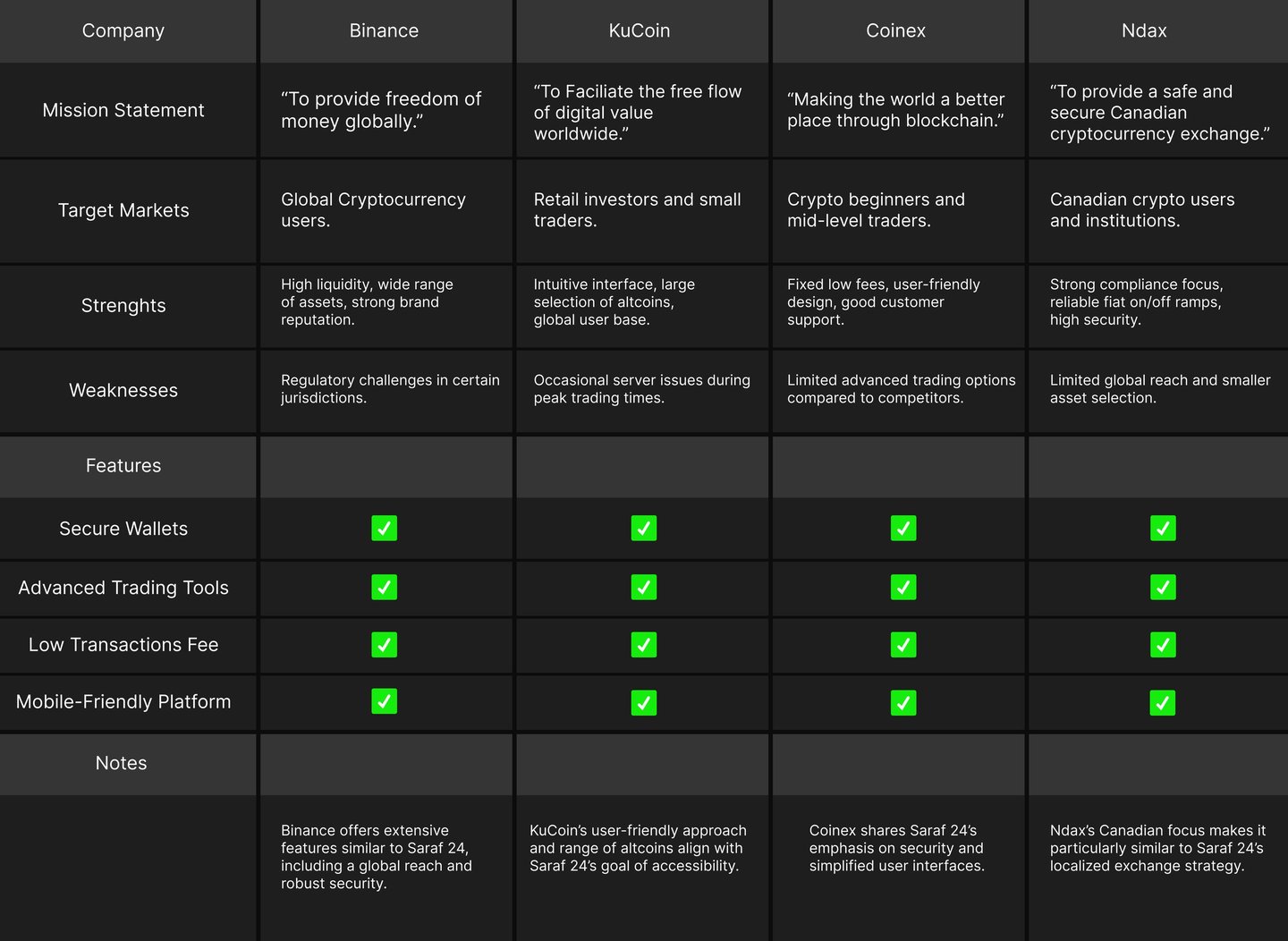

SWOT Analysis
I created a SWOT to analyze both internal and external factors that can impact the viability of the interface


Interviews
To gain additional insight, I proceeded with user interviews.
I interviewed four participants who actively trade cryptocurrencies.
I asked 13 open-ended questions and several follow-up questions.
Two of the participants use major exchanges like Binance and Coinbase, while the other two use smaller decentralized exchanges.
Sample questions:
• Can you tell me about a time you felt frustrated or unmotivated to trade on a cryptocurrency exchange?
• How important to you are low fees and liquidity when choosing an exchange?
• What features would make your ideal cryptocurrency exchange if you had no time or resource constraints?


"When I have people around me who are making money from cryptocurrencies, It makes me want to use these platforms."
Interview Participant Quote.
Synthesizing Results
Key Pain Points:
Slow processing times for document verification.
Confusing error messages leading to drop-offs.
Lack of mobile responsiveness in the sign-up process.
Positive Feedback:
Users appreciated the platform’s security and compliance measures.
Successful sign-ups indicated the process was intuitive for tech-savvy users.
Areas for Improvement:
Introduce clear progress indicators.
Optimize for mobile use.
Provide faster verification and better support for technical issues.


Who are we designing for?
The primary users are:
Retail Investors: Individuals looking for a reliable and secure exchange platform.
Institutional Clients: Businesses needing compliance and efficiency in transactions.
"How Might We" Statement
How might we simplify the KYC verification process to reduce user drop-offs?
How might we design error messages that are clear and actionable to help users complete the process?
How might we enhance the mobile responsiveness of the platform to cater to users on the go?
How might we speed up document verification while maintaining compliance with regulatory standards?
How might we incorporate progress indicators to keep users informed about their onboarding status?
Sitemap
Low-Fidelity Wireframes
High-Fidelity Wireframes


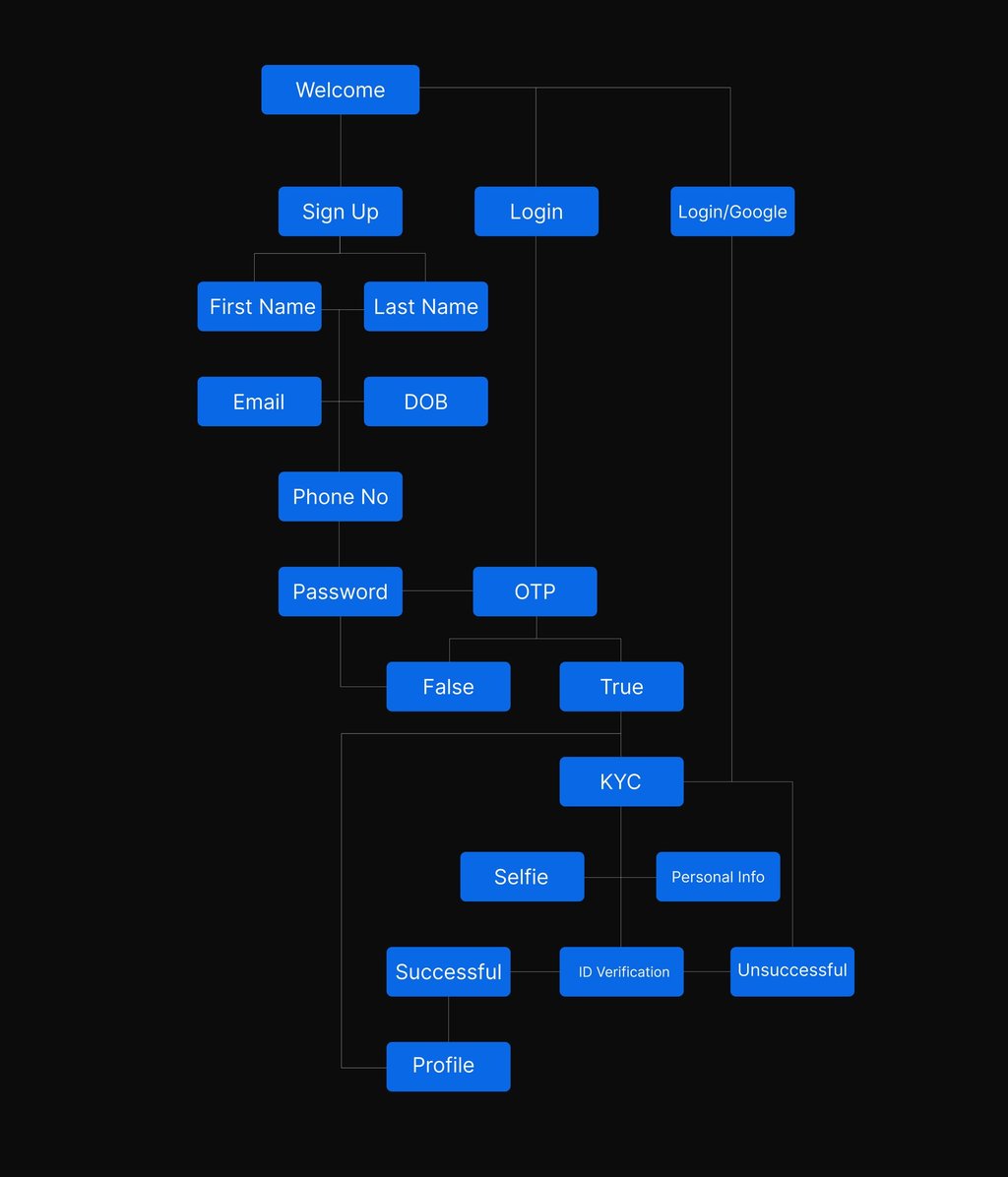

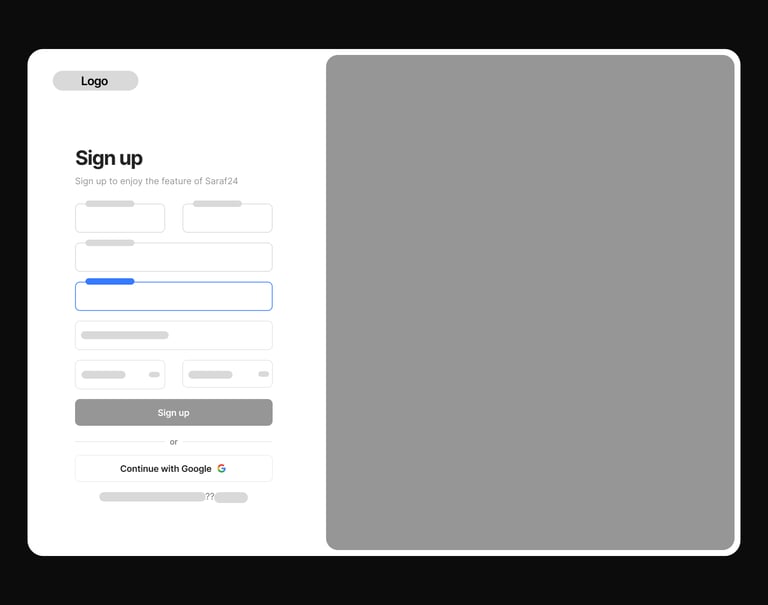

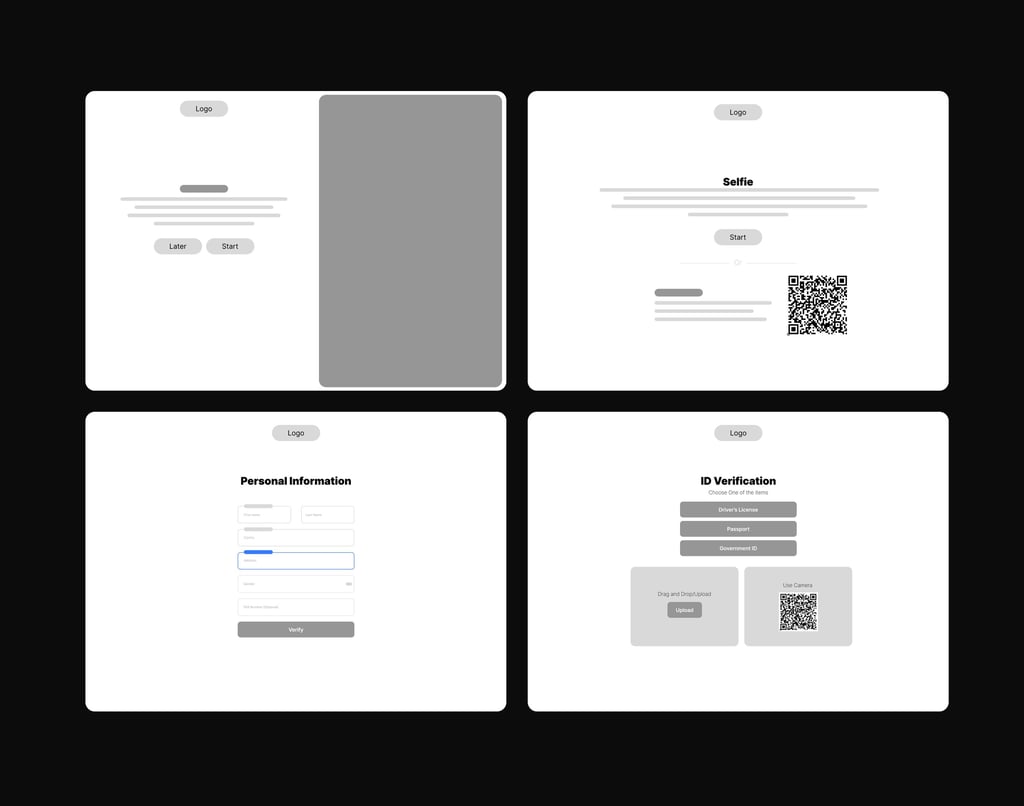

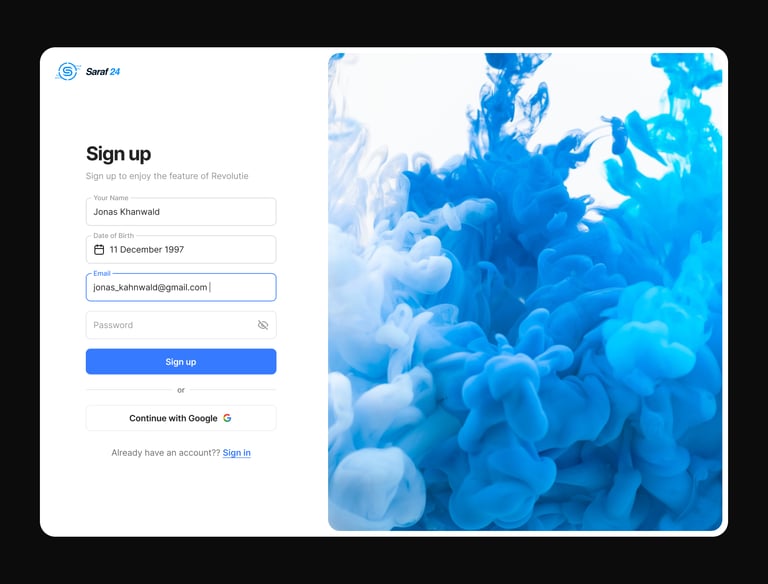

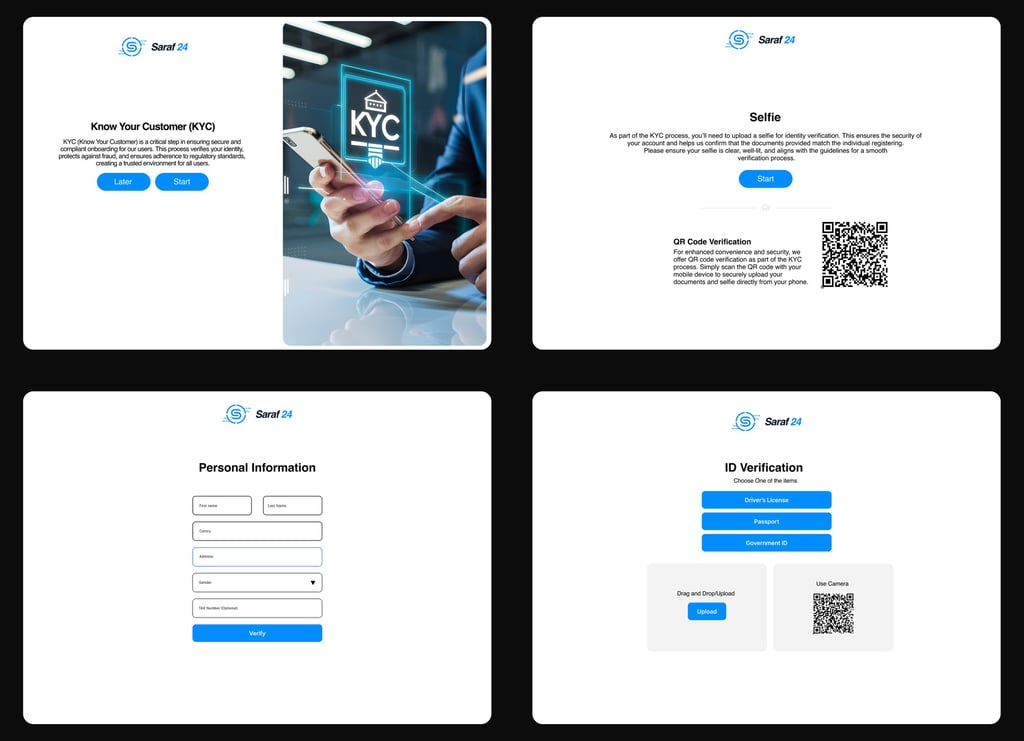

Learnings
User-Centric Design is Essential
Enhancing the user experience by addressing pain points like confusing error messages, slow loading times, and lack of mobile responsiveness is critical to ensuring higher user retention and satisfaction.Compliance and Security Must Work Hand in Hand
Implementing robust KYC processes that balance regulatory compliance with user convenience is key to building trust and maintaining a secure platform.Iterative Feedback Improves Outcomes
Conducting interviews, analyzing feedback, and synthesizing results allow for continuous improvement, ensuring that solutions align with user needs and industry standards.
